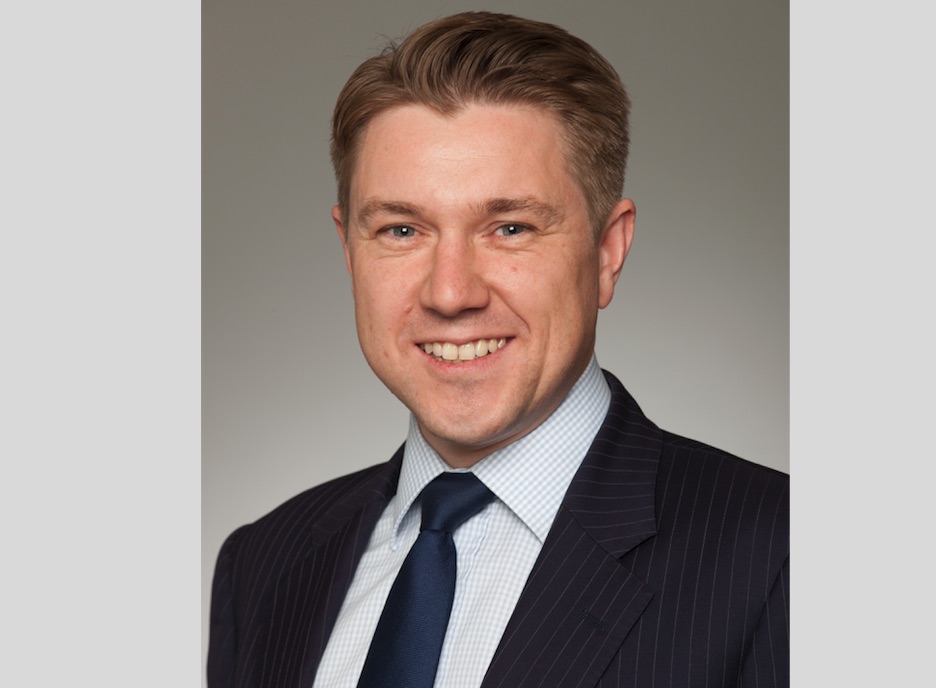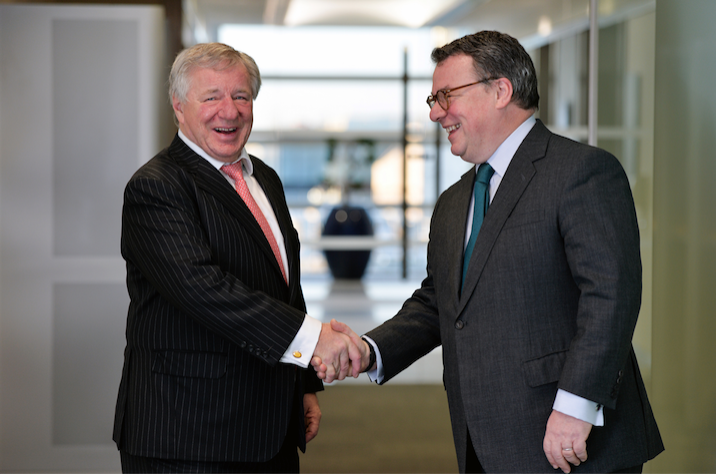For many years now, asset managers have been responding to financial challenges through multi-asset strategies that seek to adapt to different market contexts, and they always seek the most appropriate sources of profitability and protection for portfolios. But the current environment is different from the past, and the challenges it poses are more acute, so it’s necessary to seek more creative solutions and go beyond traditional portfolios – which move within a framework composed of 60% fixed income and 40% equities. For Simon Fox, Senior Investment Specialist at Aberdeen Asset Management, these strategies “will no longer serve to build robust portfolios in the future,” he explained in a recent interview with Funds Society.
The motives? Investors will not only have to face a much more volatile environment, (marked by short-term problems such as Brexit, and long-term, with structural problems for growth such as demography, adjustment in China or de-globalization) but will also be faced with the fact that traditional assets, such as fixed income and equities, will offer much lower returns than in the past, within a framework of lower global growth. “Investors will have to face strong short-term volatility, but there are also structural hurdles: stock markets will no longer provide returns as high as at other times in history, and bonds, which have also provided strong returns in portfolios in the last decades, have much lower yields,” he explains. And in many cases, the latter do not even offer protection. In conclusion, with the traditional mix between equities and fixed income, future returns will be reduced inexorably.
In order to deal with this situation there is no other option than to look for creative solutions. Some opt for more active management that regulates the exposure to equity and debt based on the market situation, that is, they choose to do market timing. For Fox, this solution is very difficult, because “the markets are very difficult to predict.” On the other hand, there are also professionals who, in order to navigate this environment, are opting for strategies based on the use of derivatives to boost returns and increase hedging, but which may be more complex to implement and highly dependent on the capabilities of asset managers and the success of their bets. Faced with these alternatives, Fox has no doubts and opts for diversification.
Therefore, the search for opportunities in new market segments, and research into new assets capable of enriching portfolios, is AberdeenAM’s commitment to its multi-asset flagship strategies (one focused on growth, Aberdeen Global-Multi Asset Growth Fund, and another in dividends, Aberdeen Global-Multi Asset Income Fund). The portfolios, which were traditionally positioned one-third in equities, another third in fixed income and the remaining third in diversifying assets, have evolved over time to a situation which, since the end of 2014, is much more diversified and with alternatives to those assets in which the asset managers do not see value.
For example, there is no exposure to public debt or investment-grade credit, because asset managers believe that they currently offer neither return nor hedging. Instead, these assets have been replaced by other segments of the universe of fixed income with more possibilities (emerging market debt, asset backed securities, loans, high yield…) and also with real assets. Therefore, segments such as private equity, real estate, and especially infrastructures, have gained strong positions in the portfolio, in an environment where traditional assets yield less, including equities, with positions of around 25%.
In total, the portfolios have hundreds of positions, implemented, in the case of equities. from a quantitative perspective and focused on low volatility. And it has been shown that the most diversified portfolios can provide value: they offer greater protection in case of problems and, as a result, better results than their comparable ones.
Long Term Vision
The idea of building these portfolios is not based on market timing or short-term analysis: According to Fox, their construction is based on a long-term global vision (5-10 years) carried out by a group of analysts who make forecasts with this horizon, and with whom the multi-asset management team works very closely within the management company. Therefore, the positions do not change overnight depending on the markets, but they work to find diversifying solutions that bring added value.
For example, the vision is that inflation will end up rising, but it will not do so abruptly in the coming months: hence the inclusion in the portfolio of assets such as floating rate bonds and, above all, the infrastructures to play this story of price hikes – while eliminating the risk of duration by renouncing to public debt in the portfolios.
New Assets
Creativity is key in this context, and at Aberdeen AM they point out some of the latest additions and newest strategies, or the assets with the biggest appeal to offer returns. “There are now many more opportunities than in the past,” Fox says, and that leads us to talk about not multi-assets, but multi-multi assets.
As examples in this regard, Fox points out the bonds in India with high investment grade calification (which can offer annual returns above 7% and is a market that benefits from the improvement in fundamentals – in fact, the asset management company has a fund focused on this asset-), or access to equity through a smart beta perspective (focusing on low volatility or earning income, something they apply to funds). The alternative spectrum also opens up new opportunities, such as aircraft leasing (which can offer returns of close to 10%),insurance-linked securities, or royalties on health companies, options which are available to the asset management company thanks to its global character and its size. At the moment, they do not use ETFs, although they could do so.
All of this, at a time when the traditional barriers to diversification (such as transparency, illiquidity, regulation, commissions…) are dissolving, therefore “currently, diversification is easier thanks to the size and globality gained by asset managers and by the greater exposure and access to different assets,” explains Fox.
Solutions for Retirement
These types of solutions are suitable for retirement because they offer a low risk profile and provide benefits of diversification, returns and profitability, so that demand is very strong in both Europe and Latin America, as well as in the US offshore market.



 For Fórmate a Fondo
For Fórmate a Fondo